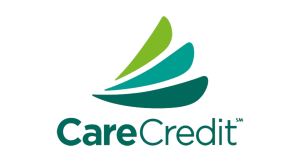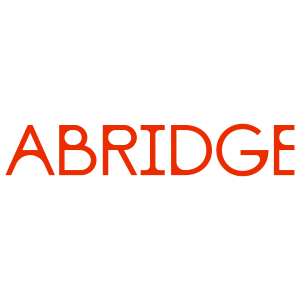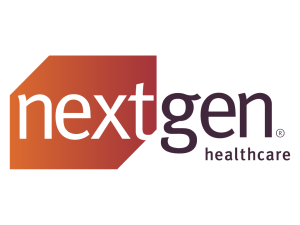Explore and download Whitepapers & E-Books on your preferred topic by clicking below.
American hospitals face an unprecedented convergence of crises threatening patient access to care. Hospital occupancy has surged to 75%—an 11-percentage-point increase from pre-pandemic levels—and is projected to reach a critical 85% threshold by 2032. At the same time, observation patient…
Presented by:








